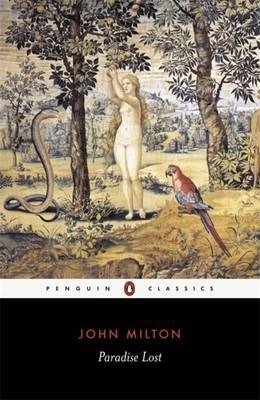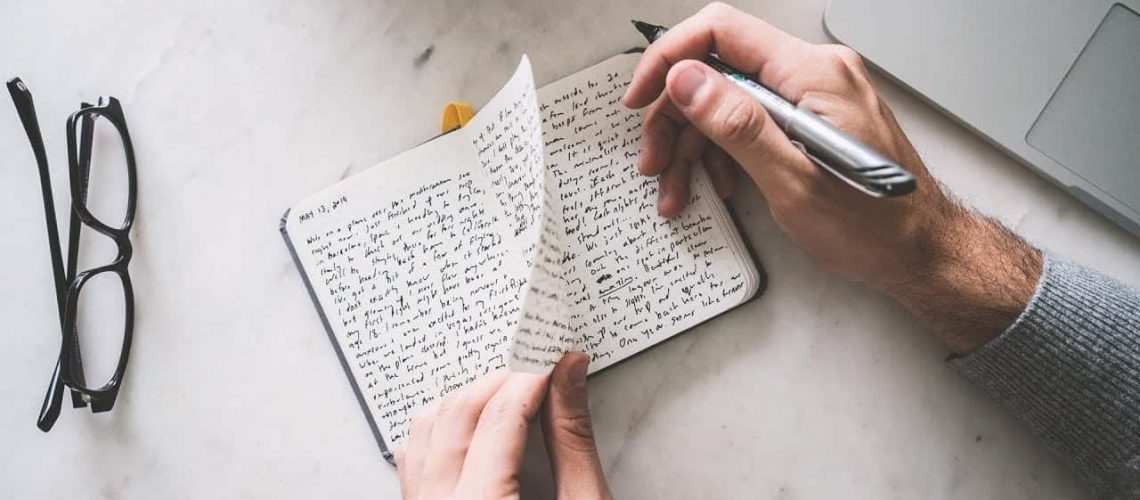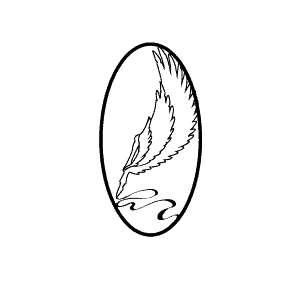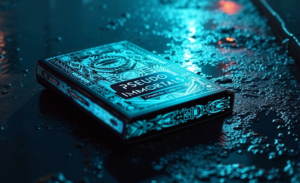Express Yourself Through Poetry
Whether humorous, romantic, or story of your life, poetry has no limits. Poetry is a combination of your thoughts and emotions, which are presented in words as a final piece. Now, the terms are there and so is the question, how to write poetry? This quick guide is here to help all poets to be familiar with the basics of how to write poetry.
Creative content is what attracts people, and when they notice you and your work, it is all going to be worth the hard work, patience, time, and effort that you had or have put in the final work.
Know the theme of your poem
Always have the ideas and themes ready for the poem beforehand. It is also a good practice to do writing exercises or have a good habit of writing in general. It will keep you in a good state of mind to create new writing work and also trains you to be flexible when it comes to writing different topics.
What you can do to start getting in the habit of writing
Try participating in a daily writing prompt challenge. Every day there is a new topic to write on, and you can also share it on social media to get feedback.
Create a scene or a situation that is filled and is abundant with emotions. Write down any image(s) or idea(s) that you perceive in relation to the given scene or situation.
If you have a habit of keeping a journal, then it is even better; otherwise, you can buy a book that you can use to write down your inspirations. It can be about how the day went or just thoughts or feelings. Let your mind go free and wander for 10-15 minutes and then try writing down.
Brainstorming, go outside, sit under a tree, get some inspiration for the poem. If the poem is supposed to have multiple sequences, have the timeline of the poem written in advance. It prevents writer’s block and keeps you going with your content because you already know the idea and just have to fill it up with “hand-picked” words from your creativity and imagination.
Also, if you need to take a break from writing:
- You can come back to it and remember the central theme of it.
- Not move away from your idea that you initially thought of.
Which type of poem to write?
Every poet has to decide what type of poem he or she will be writing. It can one of the following:
Couplet – A poem that has two successive rhyming lines and expresses a narrative in a concise and ardent way. The poem below exemplifies what a couplet is:
I’ll weave through alternate realities,
Explore the past, future, and the seven seas,
Explore the past, future and the seven seas,
Do whatever it takes; risk fatalities,
Till I land in a world where you choose me.
“The Hunt” by Charissa Ong
Sonnet – A short rhyming poem that consists of 14 lines. William Shakespeare’s “Sonnet 18” is one of the most prominent sonnets in the literature world:
Shall I compare thee to a summer’s day?
Thou art more lovely and more temperate:
Rough winds do shake the darling buds of May,
And summer’s lease hath all too short a date;
Sometime too hot the eye of heaven shines,
And often is his gold complexion dimm’d;
And every fair from fair sometime declines,
By chance or nature’s changing course untrimm’d;
But thy eternal summer shall not fade,
Nor lose possession of that fair thou ow’st;
Nor shall death brag thou wander’st in his shade,
When in eternal lines to time thou grow’st:
So long as men can breathe or eyes can see,
So long lives this, and this gives life to thee.
“Sonnet 18” by William Shakespeare
Limerick – It is written in five lines which are usually humorous or witty which has the first, second and fifth lines in rhyme. Edward Lear was famous for his humorous limericks and below is an example of his limerick:
There was an Old Man with a beard,
Who said, ‘It is just as I feared!
Two Owls and a Hen,
Four Larks and a Wren,
Have all built their nests in my beard.
by Edward Lear
Epic – It is a lengthy narrative poem, usually describing about heroic personality or great achievement of a well-known figure. Among the most famous epic is John Milton’s Paradise Lost published in 1667 and consists of 11,000 lines.

Haiku – The poem is just three lines where the first line is of 5 syllables, the second line is seven syllables, and the last line is again five syllables. An example of a piece of haiku by a Japanese poet:
An old silent pond
A frog jumps into the pond-
Splash? Silence again.
“The Old Pond” by Matsuo Bashō
Free Verse – Unlike the other types of poems where there are rhymes and rules, a free verse poem is the exact opposite. Such poems are without strict structures but still provide poetic and imaginative expression.
Free verse is what poets, especially new poets and writers choose to write. Free verse is favored because they are more natural and less complicated to write and the poet is able to express their words to their audience better. The poets can decide to have their own rhyming scheme and can be in any pattern and theme.
Poet Rupi Kaur writes her poetry all in lowercase letters and her style of writing portrays that she prefers to follow her own rules.
my voice
is the offspring
of two countries colliding
what is there to be ashamed of
if english
and my mother tongue
made love
my voice
is her father’s words
and mother’s accent
what does it matter if
my mouth carries two worlds
“accent” by rupi kaur
Use figurative language in your poetry
Literal language can sometimes be less effective in conveying a message or describing a more vivid image. This is where figurative language comes in handy and writers use this technique in order to express better emotions and messages in their creative writing.
The difference between literal and figurative language is that the latter helps readers to imagine clearer pictures in their heads and ignite stronger feelings.
Literal language: She smells nice.
Figurative language: She smells like a bouquet of roses and fresh green leaves, leaving a fragrant scent in the air as she walks by.
The former one states that the girl smells good matter-of-factly, stirring lack of visualization and feelings for readers while the latter explains how she smells like and the effect of her ambiance while she is walking.
Truly, using figurative language does not only fashion more space for creativity for writers but it also encourages readers to be more engaged in the writing.
4 ways to use figurative language
To give characters and inanimate objects more personality: Writers use personification to give human traits to both living and inanimate objects to heighten the readers’ imagination.
“My alarm yells at me every morning” is a common expression that signals the loudness of the alarm is similar to the screaming voice of a person. This style lets readers visualize the image better and enhances the humour aspect of the writing piece.
To enhance characters’ traits: Charlotte Brontë’s famous quote in Jane Eyre that says “I am no bird and no net ensnares me” is a prime example of using a metaphor to amplify the character’s personality. Essentially, a metaphor is an expression that writers use to make a comparison for the purpose of symbolism.
Instead of writing “Jane is a headstrong person”, Brontë uses the bird as symbolism to describe her as an independent person and nothing can stop her from achieving her goals. Like a bird, she can fly anywhere and do anything. This writing technique adds more colour to the piece and excites readers to be more engaged.
To describe the atmosphere of a setting: Whether you are in a crowded social gathering or the park, it is always helpful to your readers when you explicitly describe the environment and its ambiance.
Shakespeare writes in The Tempest that “Hell is empty and all the devils are here” and this portrays how depressing and unbearable society can be. The reader can picture that people are cruel like the devil, hence the ambiance of the world feels like hell. It is more soul-stirring to use such language rather than plain writing.
To amplify image through sound: The use of onomatopoeia can aid the readers to visualize the noise and create more memorable images. For example, “She hears the bird’s chirp amidst the quiet twilight” gives more space to engage visually through auditory sense as the reader can imagine the sound of birds chirping at night.
Do not obsess over the introduction or the first line
The first line should grasp the attention of the readers and have them curious and craving for more. But it can do the exact opposite if it is misused. If you are unable to find the right mix of words and still have to finish the poem, the key is to keep on writing. You can always come back to it later to complete and balance out the poem.
Over-writing the introductory lines or giving too much importance than what is required will over present the main highlights of the poem out, which will turn away the interest and the attention of the readers as they will already get the hint of what the poem is about. If the first line happens to be extremely philosophical, it will confuse the average readers, and they will stop reading because it failed to maintain the intrigue and connection with the readers.
Let us suppose that the poem is supposed to be a part of a series, and you have to be even more cautious of what and how you are introducing or using the first lines for the poem. It is also unappealing to the reader if all the content has been shared upfront. The trick is to write something simple yet intriguing. The objective of the first line to lead the readers into the next line and the next.
Last but not least, reading is key to honing your craft
To write poetry, it is always better to start to read poetry. You can start by choosing your favorite poets and read their work, or even choose your favorite genre or topic and start to read about it. Writing down or making notes while reading and analyzing the poem also helps, as it allows you to introspect with the views of the poet.
Finding the meaning of a specific line that looks peculiar or interesting can serve as inspiration or example to be used in your poem. Analyzing a poem line by line will also help you to discover new poetic devices and vocabulary or even the style of the poet, which will help you to find your own style and hone your craft.
Summary
Things to be kept in mind are:
- Writing style is different for everyone, find your own and hone it.
- It is normal if your ideas do not match with that of others. Own your individuality and master it.
- Every poet’s work is not the same, and you should practice using different genres/styles to express your thoughts even when not good at it (yet).
- It is perfectly normal for your first poem to be bad and have errors, learn from it and keep going!
- You should not compare yourself with expert writers and poets, but rather glean inspiration and seek improvement.
It is imperative to play with words and start on the right foot. What cannot be emphasized enough is that you should not compare your work with others especially if you are a beginner. There will always be someone out there who appreciates your work and find meaning in the words you wrote. If you genuinely express how and what you feel, someone will be able to understand and resonate with your words.
Another critical yet straightforward key to success is to have patience, patience, and patience. Your craft will take time to improve and make a difference both in your life and that of others. People will take time to notice you and your work, so what you should keep the focus on are your content and your improvement.




